Introduction: Shedding Light on a Common Problem
Flickering ceiling lights can be a source of frustration for homeowners, not only because they’re annoying but also because they may indicate an underlying electrical issue. Whether it’s a gentle flutter or an incessant flicker, addressing this problem promptly is essential for maintaining both the functionality and safety of your lighting fixtures. In this comprehensive guide, we’ll delve into the possible causes of flickering lights and provide practical solutions to help you resolve this issue effectively.
Understanding the Causes: Shedding Light on Possible Culprits
Before diving into solutions, it’s crucial to understand the potential causes of flickering ceiling lights. While the problem may seem straightforward, its origins can be diverse and complex. Common culprits include loose light bulbs or fixtures, faulty wiring connections, voltage fluctuations, or incompatible dimmer switches. By identifying the root cause of the flickering, you can implement targeted solutions to address the issue and prevent it from recurring.
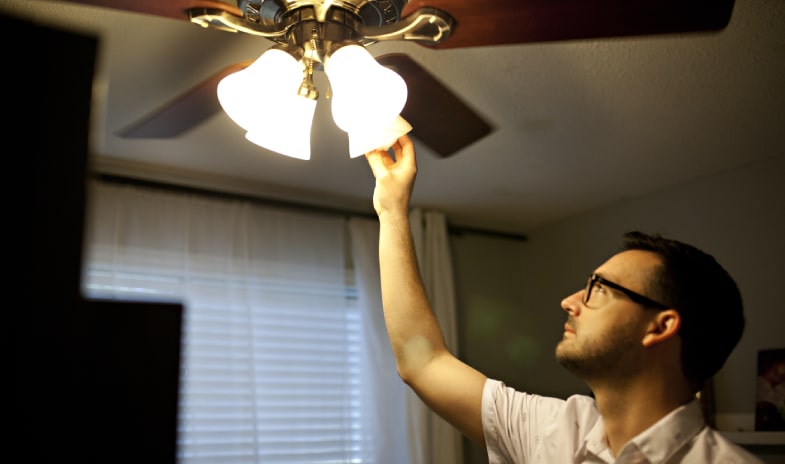
Assessing Bulb and Fixture Connections: Tightening the Loose Ends
One of the first steps in troubleshooting flickering lights is to check the connections between the bulbs and fixtures. Over time, vibrations from ceiling fans or general usage can loosen these connections, leading to intermittent flickering. Start by turning off the power to the affected light fixture at the circuit breaker and carefully inspecting each bulb to ensure it’s securely screwed into place. Additionally, check for any signs of corrosion or damage on the bulb’s base or the fixture socket, as these issues can also contribute to flickering.
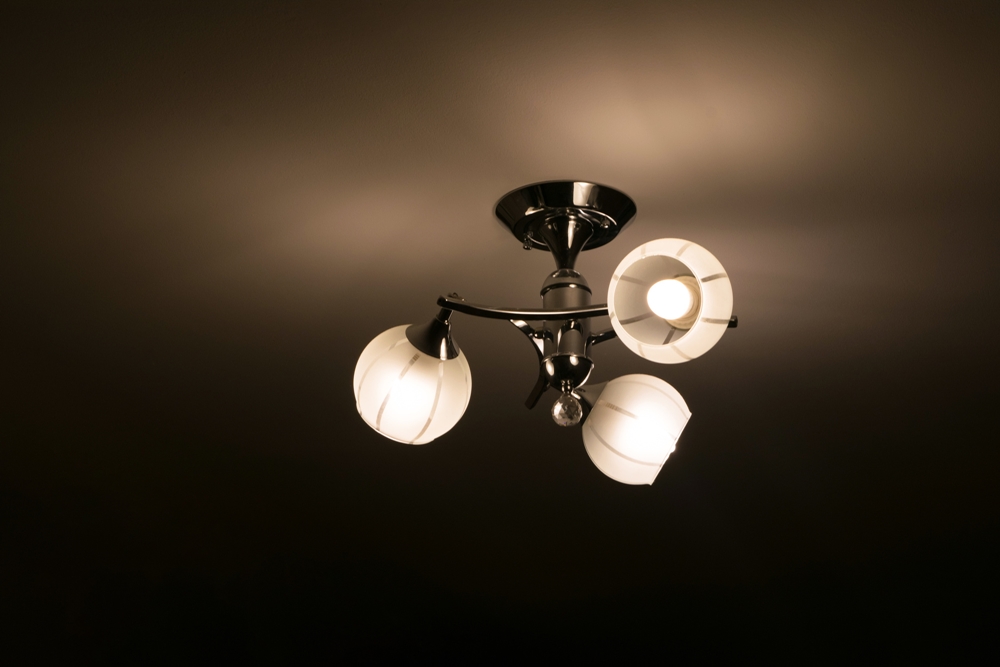
Examining Wiring and Connections: Ensuring Electrical Integrity
If tightening the bulb and fixture connections doesn’t resolve the issue, the next step is to inspect the wiring and electrical connections within the fixture and ceiling junction box. Begin by removing the fixture’s cover or canopy to expose the wiring and connections. Look for any loose or damaged wires, wire nuts, or terminal screws, and tighten or replace them as needed. Be sure to follow proper safety protocols, such as turning off the power and using insulated tools, to avoid the risk of electric shock.
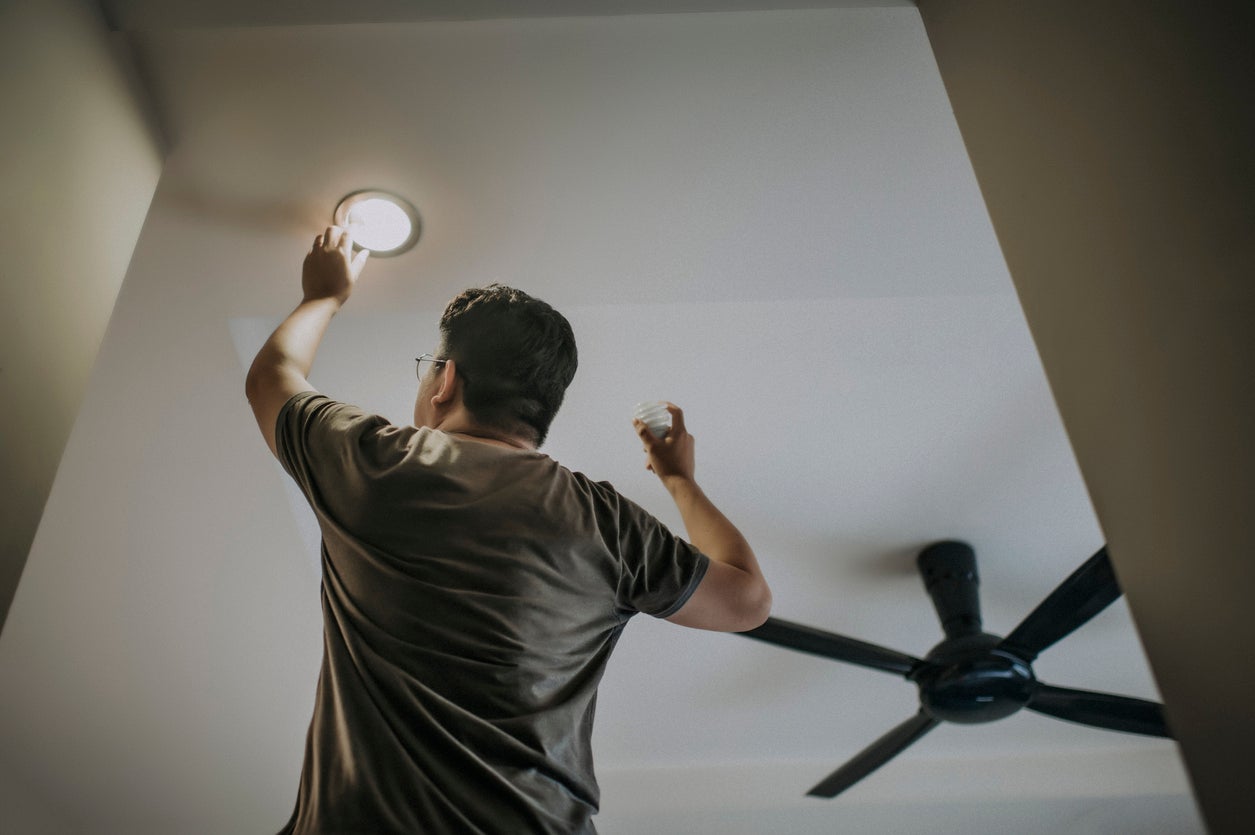
Addressing Voltage Fluctuations: Stabilizing the Power Supply
Voltage fluctuations in the electrical supply can also cause ceiling lights to flicker intermittently. These fluctuations may result from overloaded circuits, faulty voltage regulators, or utility issues beyond your control. To stabilize the power supply to your lighting fixtures, consider installing voltage stabilizers or surge protectors, especially if you live in an area prone to power surges or fluctuations. Additionally, hiring a licensed electrician to inspect your home’s electrical system can help identify and rectify any underlying issues contributing to voltage instability.
Troubleshooting Dimmer Switch Compatibility: Adjusting Light Control
For homeowners with dimmable ceiling lights, flickering may occur due to incompatible dimmer switches or settings. Some LED or CFL bulbs are not compatible with certain types of dimmer switches, leading to flickering, buzzing, or reduced lifespan. To address this issue, ensure that your dimmer switch is compatible with the type of bulbs installed in your fixture. If compatibility issues persist, consider replacing the dimmer switch with a compatible model or using non-dimmable LED or CFL bulbs instead.
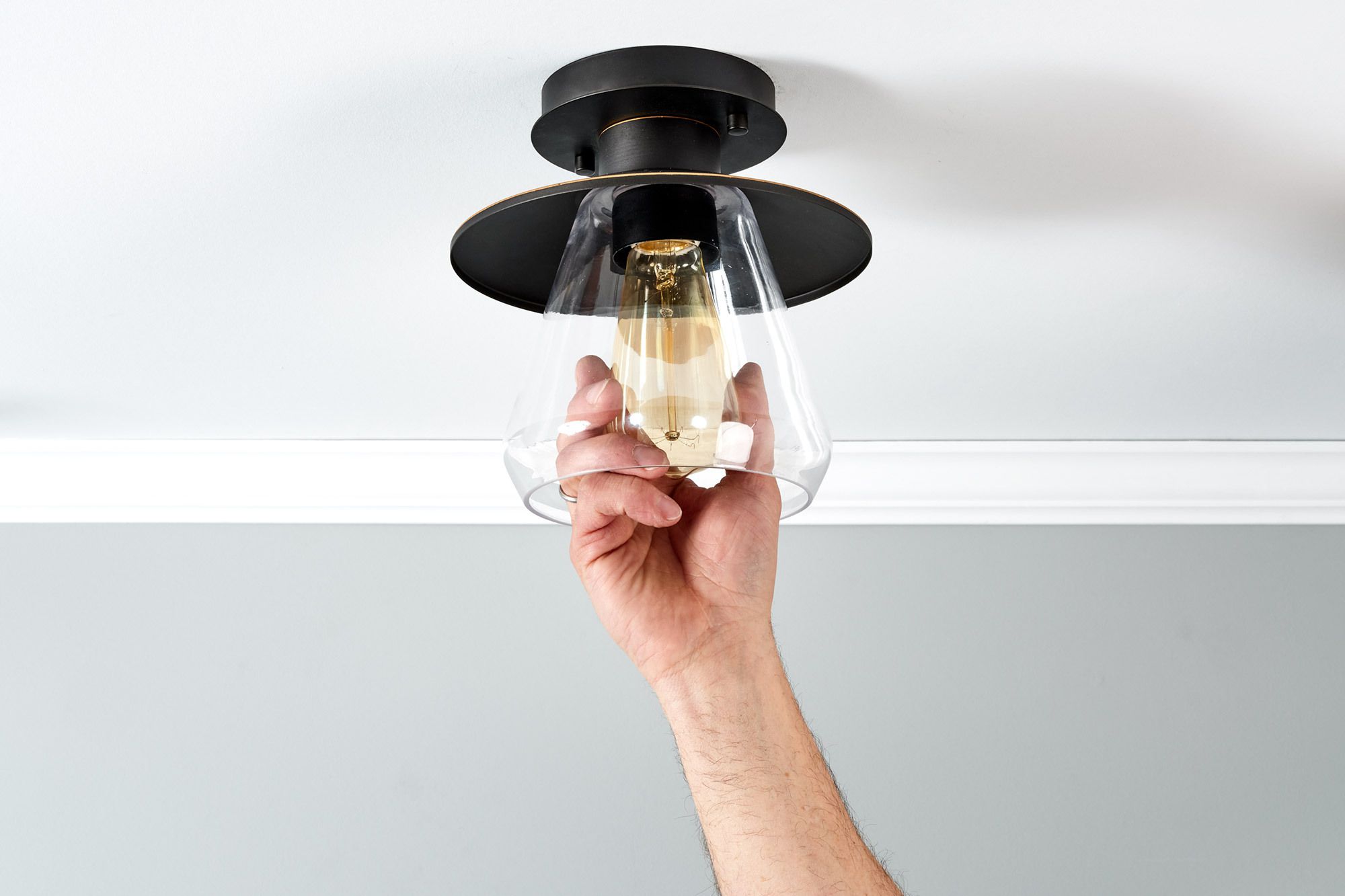
Seeking Professional Assistance: Knowing When to Call an Electrician
While many flickering light issues can be resolved through DIY troubleshooting, some cases may require the expertise of a licensed electrician. If you’re unable to identify or rectify the problem on your own, or if you’re uncomfortable working with electrical systems, it’s best to seek professional assistance. An electrician can conduct a thorough inspection of your lighting fixtures and electrical system, pinpointing the underlying cause of the flickering and implementing safe and effective solutions.
Exploring Advanced Solutions: Upgrading Your Lighting System
In some cases, addressing flickering ceiling lights may involve more advanced solutions, such as upgrading your lighting system. Consider replacing outdated fixtures with newer, more energy-efficient models that are less prone to flickering. LED lighting, in particular, offers several advantages, including lower energy consumption, longer lifespan, and enhanced durability. Additionally, LED bulbs are generally less susceptible to flickering compared to traditional incandescent or CFL bulbs. By investing in modern lighting technology, you can not only resolve flickering issues but also enjoy improved lighting quality and reduced energy costs in the long run.
Considering Environmental Factors: Evaluating Surrounding Conditions
Environmental factors can also contribute to flickering ceiling lights, especially in outdoor or high-humidity environments. Excessive moisture or condensation can affect electrical connections and lead to flickering or intermittent operation. If your ceiling lights are located in damp or exposed areas, such as bathrooms or outdoor fixtures, ensure that they are properly sealed and protected from the elements. Consider using moisture-resistant bulbs and fixtures designed for outdoor or humid environments to minimize the risk of flickering and ensure reliable operation year-round.
Implementing Routine Maintenance: Preventing Future Issues
Once you’ve resolved the flickering issue with your ceiling lights, it’s essential to incorporate routine maintenance into your home care regimen to prevent future problems. Regularly inspect bulbs, fixtures, and wiring for signs of wear, damage, or corrosion, and address any issues promptly. Clean light fixtures and covers regularly to remove dust, dirt, and debris that can interfere with proper operation. By staying proactive with maintenance, you can prolong the lifespan of your lighting system and minimize the likelihood of flickering or other electrical issues arising in the future.
Educating Yourself: Expanding Your Electrical Knowledge
As a homeowner, expanding your knowledge of electrical systems and maintenance practices can empower you to tackle a wide range of issues confidently and effectively. Consider investing in educational resources, such as books, online courses, or workshops, to learn more about electrical safety, troubleshooting techniques, and DIY repair skills. Familiarize yourself with your home’s electrical layout, including the location of circuit breakers, junction boxes, and wiring, to facilitate troubleshooting and maintenance tasks. By becoming more informed about electrical systems, you can become better equipped to handle flickering lights and other household electrical issues as they arise.
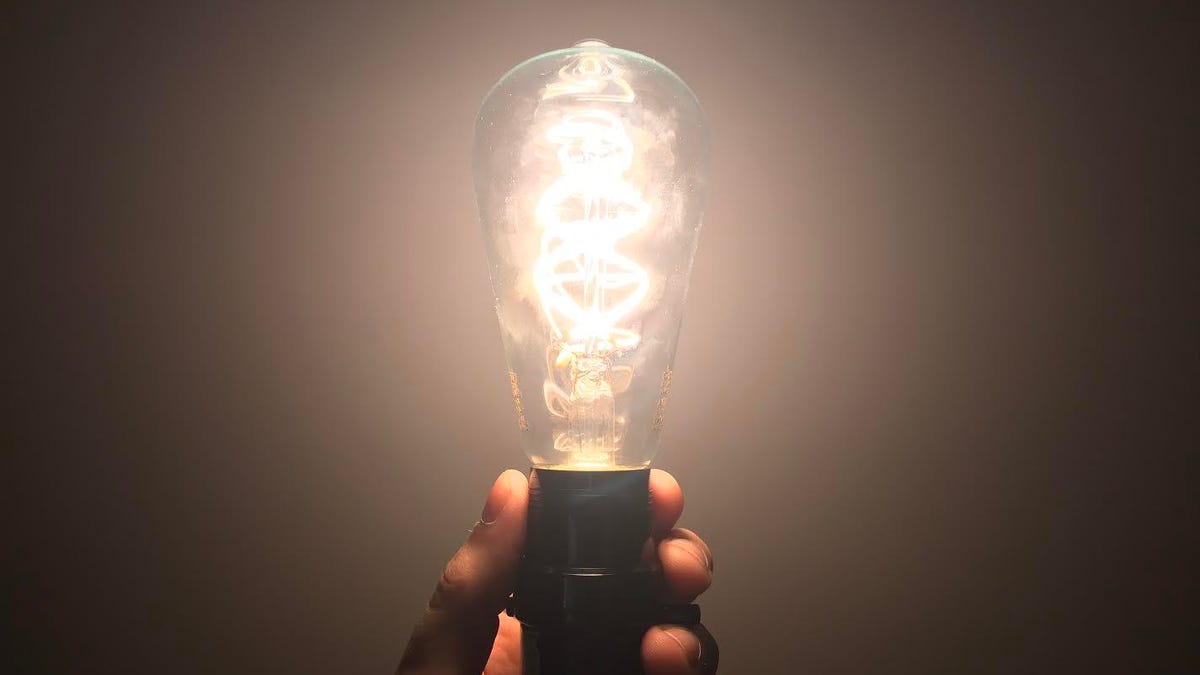
Conclusion: Shedding Light on a Resolution
Flickering ceiling lights are a common yet bothersome issue faced by many homeowners. By understanding the potential causes and implementing targeted solutions, you can address and fix flickering lights effectively, restoring both functionality and peace of mind. Remember to prioritize safety when troubleshooting electrical issues, and don’t hesitate to seek professional assistance if needed. With patience, diligence, and a bit of electrical know-how, you can banish flickering frustration and enjoy reliable and consistent lighting throughout your home.